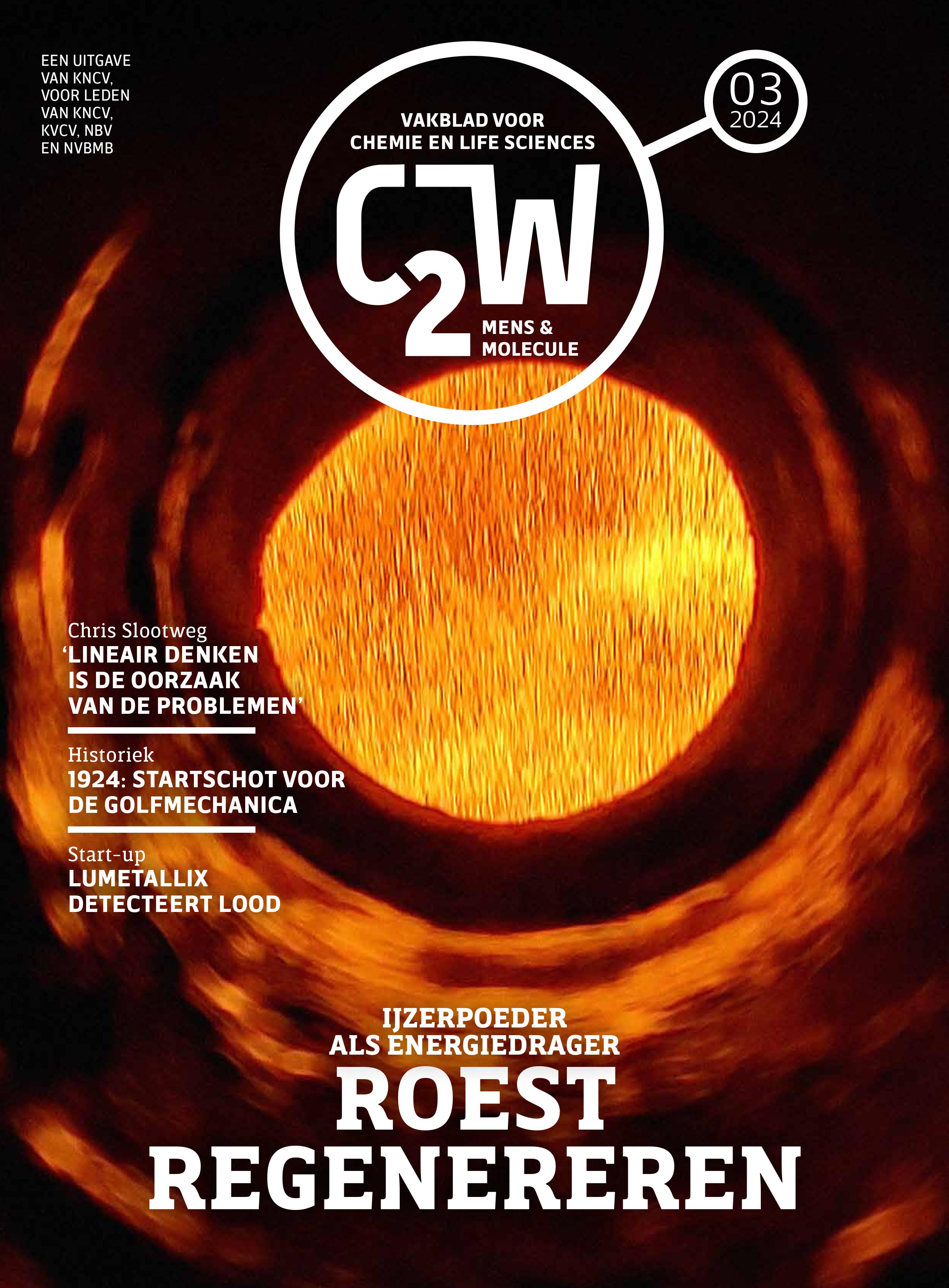Would you like to add an event to this list? Simply register your event using this form.
Exploring interspecific yeast breeding for industrial application

Category
Ph D Defense
Date
2019-01-15 17:00
Venue
KU Leuven, Promotiezaal, 01.46 - Naamsestraat 22
3000 Leuven, België
3000 Leuven, België
Promovendus/a: Stijn Mertens
Promotor(en): Prof. dr. ir. Kevin Verstrepen
With an annual worldwide production exceeding 1.96 billion hectolitre, beer is by far the most produced and consumed fermented beverage. More so, it is considered to be the third most consumed beverage worldwide (after water and tea). Traditionally, beer can be divided into two general styles, namely top-fermented (‘ale’) beer and bottom-fermented (‘lager’) beer.Lager (or Pilsner type) beer accounts for 90% of the total beer production, and is exclusively fermented by Saccharomyces pastorianus. Interestingly, this yeast species is not a clean yeast species, but is rather the result of a cross between the brewing and baker’s yeast S. cerevisiae and a cold tolerant wild yeast, S. eubayanus. The limited genetic diversity of lager yeasts is reflected in the relative limited influence of the yeast on the aroma profile of lager beer, especially when compared to the immense genetic and aromatic diversity of ale S. cerevisiae yeast strains. While the characteristically clean, fresh flavour and aroma of lager beers is one of their most distinctive and praised traits, diversification and differentiation have become increasingly important in today’s market.
The development of new lager hybrids may help generating a set of distinct beers that bridge the gap between diverse, aromatic ales and fresh and drinkable lagers, this without the need to change the standard production process or the need for different and more expensive ingredients.
A spore-to-spore breeding strategy was applied, in order to generate novel interspecific hybrids between six carefully selected S. cerevisiae and two S. eubayanus yeasts. The generated 31 interspecific hybrids were assessed for their temperature tolerance, as well as their fermentation capacity and aroma production in lab scale and (for some) pilot scale lager beer fermentation trials. Overall, generated interspecific hybrids showed a significantly higher growth capacity at low temperatures (4°C-16°C) compared to their respective S. cerevisiae parental strains, combined with a significantly higher growth capacity at high temperatures (30°C and 37°C) compared to their S. eubayanus parental strains. This broadened temperature tolerance of the generated interspecific hybrids not only equips them with a competitive advantage compared to their S. cerevisiae parent in cold temperature driven fermentations. More so, it also shows that generated interspecific hybrids can combine interesting phenotypes of both parental species into one organism. Besides a broadened temperature tolerance, most of the generated interspecific hybrids showed hybrid vigour in terms of their fermentation capacity during lager fermentation trials at 16°C and 12°C, with some interspecific hybrids producing similar ethanol levels compared to our best reference S. pastorianus strains. Aroma production of the generated interspecific hybrids also differed significantly from the commercially used S. pastorianus yeasts, underlying the potential of these novel yeasts for the production of novel beer types, bridging the gap between easy drinkable lager beers and aroma rich and diverse top fermented beers.
Besides only wanted phenotypes, generated interspecific hybrids inherited also some unwanted phenotypes, with the production of phenolic off-flavours (POF) being the most important one. Indeed, the majority of generated interspecific hybrids are POF+, and are able to convert ferulic acid into its decarboxylated product 4 –vinylguaiacol (4VG), introducing often unwanted spicy and clove-like aromas in the fermented product. In order to investigate and remediate this unwanted phenotype of novel interspecific hybrids, we first developed a high-throughput absorbance-based screening tool to quickly assess the POF phenotype of hundreds of yeasts in parallel with only a limited amount of labour, consumables or expensive machines needed. The developed new assay not only increased the throughput and lowered the cost significantly compared to the current state of art, it also showed an increased accuracy in the determination of the POF phenotype of industrial yeasts.
The novel rapid screening method for POF production in yeast was used later on, when a CRISPR-Cas9-based gene editing strategy was developed and applied in order to generate cis-genic POF- variants of novel generated, and genetic complex interspecific hybrid yeasts, increasing their industrial applicability. Specifically, a natural occurring single nucleotide polymorphism (SNP) in the ferulic decarboxylase coding gene FDC1, shared by the vast majority of the current POF- ale beer yeasts, was selected and introduced into the S. eubayanus derived genome of novel interspecific hybrids. Interestingly, the developed CRISPR -Cas9-based gene editing strategy was successful in introducing the selected SNP, without introducing loss of heterozygosity, as reported previously when trying to apply CRISPR -Cas9-based gene editing in genetically complex interspecific hybrid genomes. Besides no observed genetic side effects, no phenotypic side effects were detected, generating aromatic diverse but POF- novel lager yeasts.
All Dates
- 2019-01-15 17:00
Powered by iCagenda

